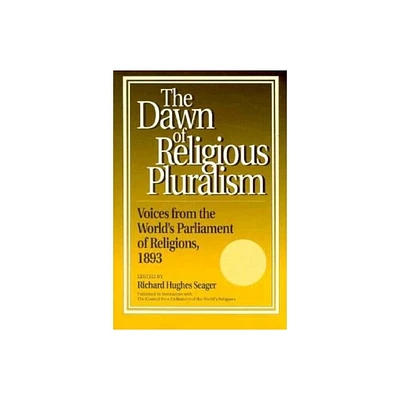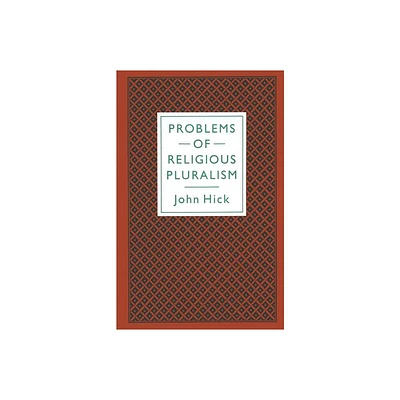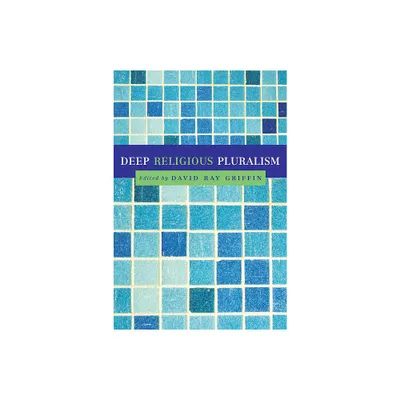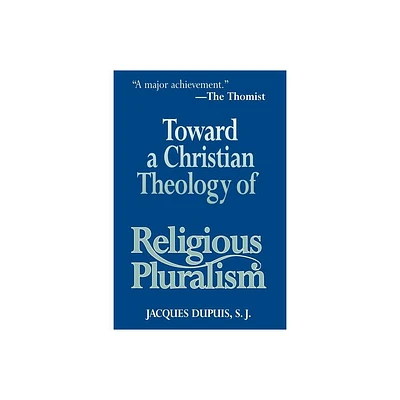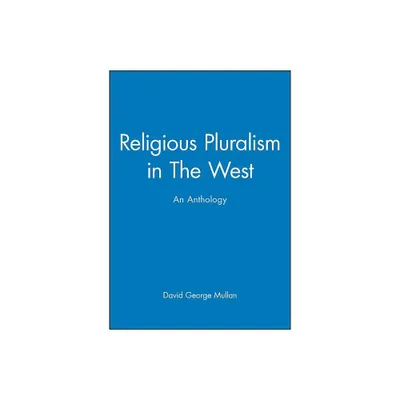Home
Religious Pluralism India: Ethnographic and Philosophic Evidences, 1886-1936
Loading Inventory...
Barnes and Noble
Religious Pluralism India: Ethnographic and Philosophic Evidences, 1886-1936
Current price: $160.00


Barnes and Noble
Religious Pluralism India: Ethnographic and Philosophic Evidences, 1886-1936
Current price: $160.00
Loading Inventory...
Size: Hardcover
*Product Information may vary - to confirm product availability, pricing, and additional information please contact Barnes and Noble
This volume explores the inherent pluralism of Hinduism through ethnographic and philosophical evidence as presented in the
Journal of Anthropological Society of Bombay
. The essays dated 1886–1936 represent a period that marked the emergence of a European-educated native intelligentsia with a rationalist outlook.
The chapters cover a wide range of topics from Tree Worship in Mohenjo Daro, the origin of the Hindu Trimurti, interpretation of Avestic and Vedic Texts, to the second set of more localized chapters that cover the Muhammadan Castes of Bengal, the Tenets and Practices of a Certain Class of Faqirs in Bengal, the Theoretical History of the Goddess Yellamma, and much more. Written during a particular historical as well as intellectual period that reflected certain key patterns – a period just following the Bengal Renaissance of the nineteenth century that ushered in the ideologies of a reformative Hinduism – this volume highlights how religions of all denominations have influenced each other and appear to have mingled beliefs and practices from multiple sources. It shows how tolerance and inclusiveness along with syncretism have been part of India’s religious and social history.
This book will be of interest to students and researchers of religions, history, anthropology, sociology, political science, and sociology of religion. It will also be useful to those interested in inter-religious dialogues and civil society.
Journal of Anthropological Society of Bombay
. The essays dated 1886–1936 represent a period that marked the emergence of a European-educated native intelligentsia with a rationalist outlook.
The chapters cover a wide range of topics from Tree Worship in Mohenjo Daro, the origin of the Hindu Trimurti, interpretation of Avestic and Vedic Texts, to the second set of more localized chapters that cover the Muhammadan Castes of Bengal, the Tenets and Practices of a Certain Class of Faqirs in Bengal, the Theoretical History of the Goddess Yellamma, and much more. Written during a particular historical as well as intellectual period that reflected certain key patterns – a period just following the Bengal Renaissance of the nineteenth century that ushered in the ideologies of a reformative Hinduism – this volume highlights how religions of all denominations have influenced each other and appear to have mingled beliefs and practices from multiple sources. It shows how tolerance and inclusiveness along with syncretism have been part of India’s religious and social history.
This book will be of interest to students and researchers of religions, history, anthropology, sociology, political science, and sociology of religion. It will also be useful to those interested in inter-religious dialogues and civil society.


